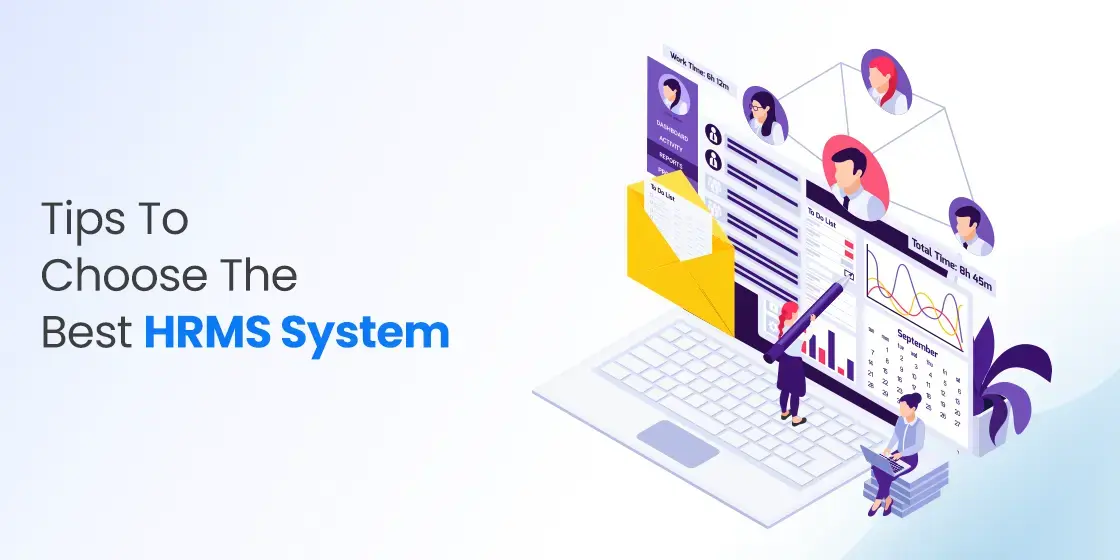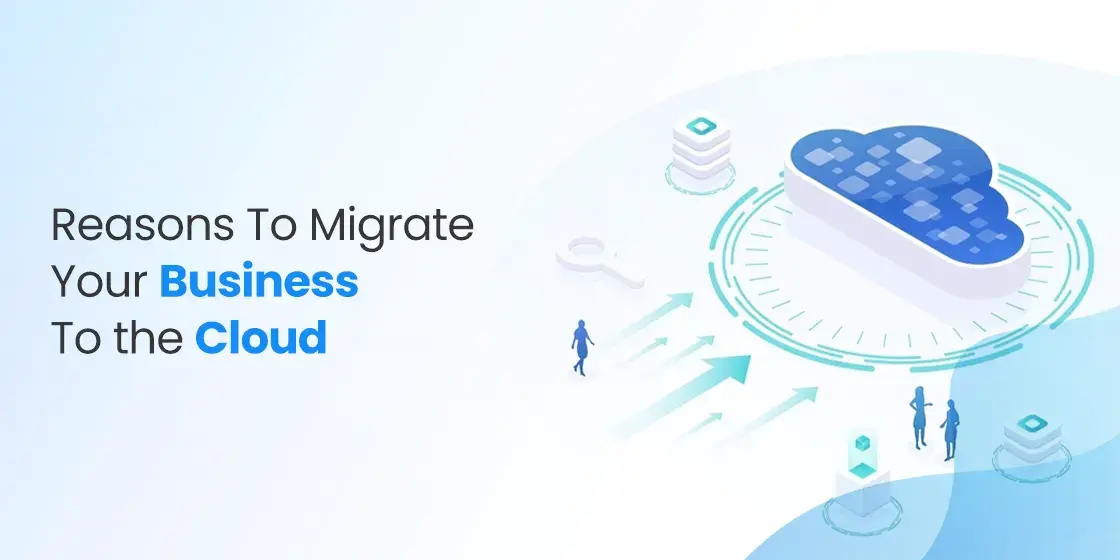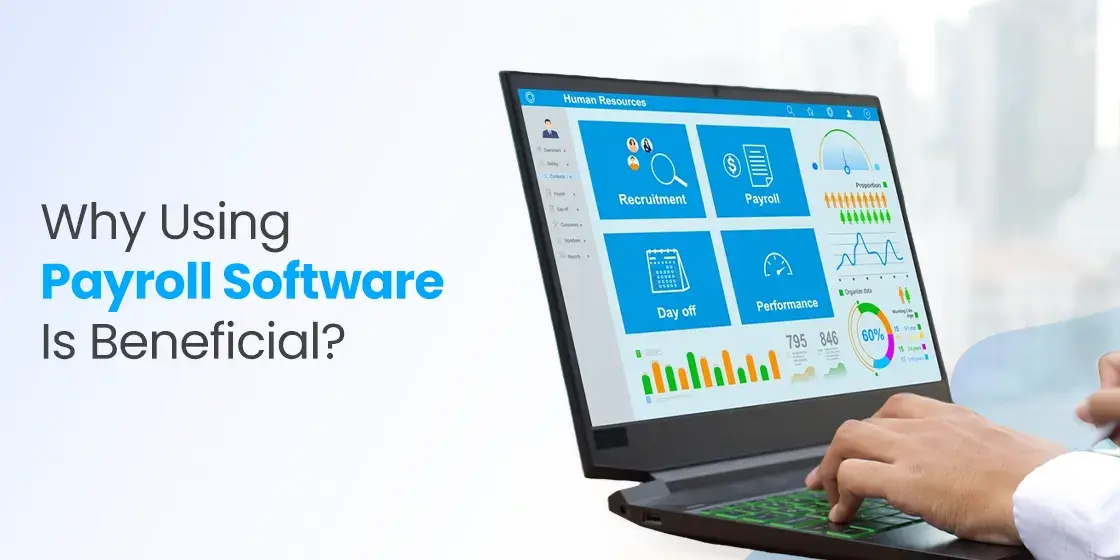Table Of Content
Key Tips You Need to Remember While Selecting a Human Resource Software
The management of employee records and data is important for every organization. They cannot do that by just simply putting all the information on an excel sheet. It is a task that should be done by using a dedicated human resource software. Currently, you can find plenty of them in the market, built with a variety of features and functionalities. It is therefore important for you to decide how to choose the best human resource software in UAE that can fulfill your needs. If you know what type of HR managerial requirements you have, it certainly becomes easy to pick them without facing much confusion.
There are various advantages of using a proper HRM system for employee data management. It not only streamlines your work, but also saves a lot of time in managing different tasks. Being an HR manager, you could easily understand how difficult it is to keep track of different things while working in a fast paced environment. To navigate these challenges, you must need an administrative system built by a professional software development company that can take care of all the things without requiring much manual input.
That is what makes HRM systems pretty important, as they take all the management hassles away from you. In this blog, we will discuss this thing in detail, so that you can understand how to choose the best human resource software in UAE as per the needed requirements. Let’s first start from the basics understanding what is an HRM software and how it simplifies managerial tasks for HR professionals.
What is an HRM System?
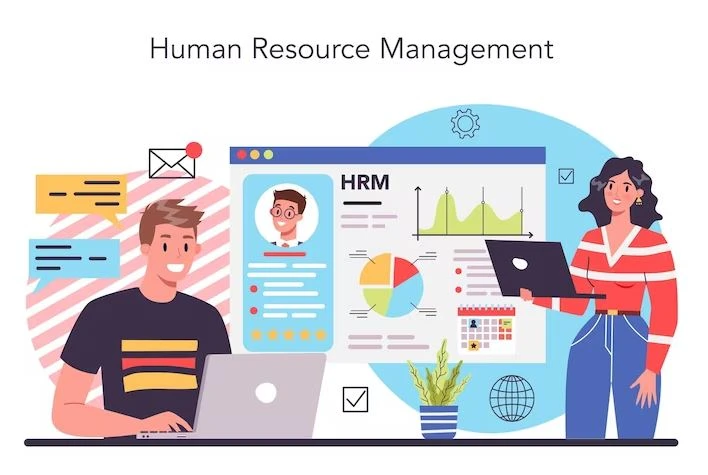
A Human Resource Management (HRM) system refers to a comprehensive framework of processes, software, and tools designed to streamline and optimize the management of human resources within an organization. Its primary purpose is to facilitate the efficient and effective handling of various HR functions, ranging from recruitment and employee onboarding to performance management, payroll, and employee development. The system acts as a centralized platform that integrates and organizes crucial HR data, making it easier for HR and management professionals.
One key aspect of an HRM system is its ability to automate and simplify routine administrative tasks. This includes managing employee records, tracking attendance, handling payroll processes, and ensuring compliance with relevant labor laws and regulations. By automating these tasks, the HRM system helps reduce manual errors, save time, and enhance overall operational efficiency. Additionally, it enables HR professionals to focus on strategic aspects of human resource management, such as talent acquisition, employee engagement, and succession planning.
Furthermore, an HRM system often includes features that support talent management and employee development. This involves tools for performance appraisal, training and development programs, and succession planning to identify and nurture high-potential employees. By providing insights into employee performance and potential, the system aids in creating a proactive approach to talent management, fostering a culture of continuous improvement and growth within the organization. In summary, an HRM system serves as a comprehensive solution to manage human resources properly.
What Makes HRM System Important?
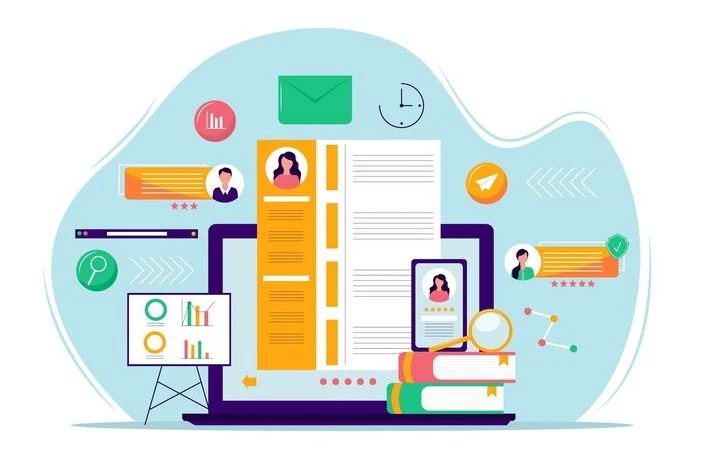
Using an HRM system is crucial for organizations because it streamlines and enhances the efficiency of essential HR functions. Firstly, it automates time-consuming administrative tasks, such as payroll processing, attendance tracking, and record-keeping. By automating these routine activities, HR professionals can allocate more time and resources to strategic initiatives, fostering a focus on talent management, employee development, and overall organizational growth. This increased efficiency also reduces the likelihood of errors, ensuring accuracy in payroll, compliance, and employee records.
Secondly, an HRM system contributes to better decision-making through the centralized management of HR data. The system consolidates information related to recruitment, employee performance, training, and compliance, providing HR professionals and management with real-time insights. This data-driven approach enables organizations to make informed decisions about talent acquisition, workforce planning, and employee engagement, leading to a more agile and responsive organizational structure.
Thirdly, an HRM system plays a crucial role in fostering employee satisfaction and engagement. Through features such as performance management, training programs, and transparent communication, the system helps create a positive work environment. This, in turn, contributes to employee retention and satisfaction, ultimately impacting the overall success and competitiveness of the organization. By effectively managing human resources, an HRM system becomes an integral part of organizational success, ensuring that the workforce is properly aligned with the company’s goals.
How to Choose the Best Human Resource Software in UAE?
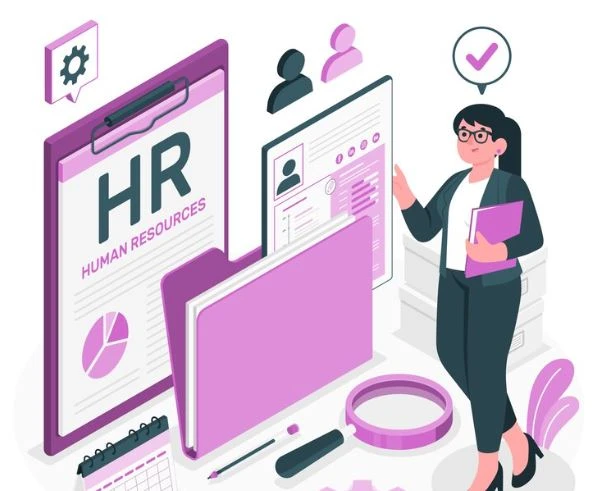
To choose the best human resource software in UAE, you need to first mark out your functional requirements. This will let you know which type of product will fit into your demands, allowing you to manage day-to-day operations efficiently.
If you are still unsure how to choose the best human resource software in UAE, follow the steps defined below. These are pretty simple steps, detailing a complete plan to select the best HRM system.
Research Smartly
Conducting thorough market research is essential when selecting human resource management system to ensure that the chosen solution aligns with the specific needs and goals of an organization. The first step in this process is to identify the key requirements and objectives of the HR department. This involves understanding the current HR processes, identifying pain points, and determining the specific functionalities needed, such as recruitment, payroll management, performance appraisal, and employee development.
The second step involves researching and evaluating potential HRM software options available in the market. This includes exploring reputable software vendors, reading customer reviews, and seeking recommendations from industry peers. Comparing features, scalability, user interface, integration capabilities, and customer support are crucial factors to consider. Conducting demonstrations or obtaining trial versions of the software can provide hands-on experience, allowing stakeholders to assess how well the software aligns with their requirements and whether it is user-friendly for the HR team.
Lastly, analyzing the cost and return on investment (ROI) of the HRM software is vital. This includes not only the upfront costs but also ongoing maintenance, support fees, and potential scalability expenses. It is essential to evaluate the long-term value the software brings to the organization in terms of increased efficiency, reduced manual workload, and improved HR processes. Engaging in negotiations with vendors and seeking transparent pricing models can help organizations make informed decisions based on both functionality and financial considerations.
Partner with our software development specialists to pioneer custom solutions that drive your business forward.
Request Your Solution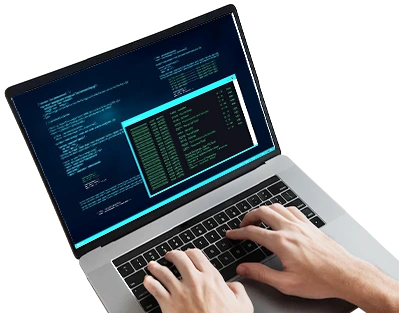
Available Features
The subsequent step in the process involves a meticulous examination of the features provided by various HRM systems. While you may have a preliminary understanding of these features, it is advisable to delve deeper and document the most critical ones for your organization. Crafting a comprehensive list of essential features is imperative for a thorough evaluation. Key functionalities to consider include payroll management, time and attendance tracking, benefits administration, performance management, and more.
In further detail, the exploration of payroll management features involves scrutinizing the system’s ability to automate and streamline the payroll process, ensuring accuracy and efficiency in compensation administration. Time and attendance tracking functionalities should be evaluated for their effectiveness in monitoring employee attendance, managing work hours, and facilitating seamless integration with other HR processes.
Additionally, it is imperative to assess the platform’s scalability and flexibility to accommodate your organization’s future growth plans. Ensuring that the HRM software is not only a current fit but also adaptable to evolving requirements coming into the industry. By thoroughly examining and documenting these features, organizations can make informed decisions that align with their unique needs, promoting effective HR management and facilitating sustained growth.
User Friendly Interface
Moving forward, it is crucial to assess the usability of the HRM system, a factor heavily influenced by the user interface’s friendliness. Optimal usability entails selecting a platform with an intuitive and user-friendly interface, minimizing the need for extensive training for both HR professionals and employees. Just like inventory management software, the user interface in an HRM should be designed in a manner that facilitates ease of navigation, ensuring a seamless experience in accessing and utilizing various features. A user-centric approach is key, as it contributes to increased efficiency and reduced learning curves for the HR team.
To delve deeper into the evaluation process, it is advisable to engage in a demo or trial period with the HRM software. This hands-on experience allows stakeholders to assess the platform’s usability in a practical context. During the trial, focus on how easily users can perform essential tasks, navigate through different modules, and customize settings according to organizational preferences. Evaluate the system’s responsiveness and overall user experience, considering factors such as accessibility, clarity of instructions, and the availability of support features.
Furthermore, during the usability assessment, attention should be paid to the adaptability of the user interface to diverse user roles and responsibilities within the organization. Ensuring that the HRM system accommodates the varied needs and preferences of different users contributes to widespread acceptance and efficient utilization across the organization. By prioritizing user-friendliness and conducting a thorough evaluation, organizations can make informed decisions and select an HRM system that perfectly meets its functional requirements.
Integration Capabilities
Another crucial aspect to scrutinize is the system’s compatibility with third-party integrations. This involves a comprehensive examination of whether the HRMS software allows seamless integration with various existing systems within your organization. Verify whether the software can effectively integrate with critical systems such as accounting software, applicant tracking systems, employee communication tools, and other relevant platforms.
To delve further into this consideration, it is imperative to assess the extent and flexibility of third-party integrations provided by the HRMS software. Evaluate the range of applications and tools that can be seamlessly incorporated into the system, ensuring that it aligns with the specific needs of your organization. Consider the compatibility with widely used platforms and industry-standard tools, as this will contribute to a more cohesive and interconnected digital infrastructure
Furthermore, when examining third-party integrations, it is essential to consider the impact on data security and privacy. Ensure that the HRMS software maintains robust security measures to safeguard sensitive information during data exchanges with external systems. Assess the encryption protocols, authentication mechanisms, and data access controls in place to mitigate potential risks associated with integrated third-party components.
Cost Analysis
Cost analysis is another thing that should be done smartly before finalizing any HRM software system. It is one of those things that can make or break your deal comprehensively. The cost of HRM systems are generally high, as they are built specifically for the businesses and not for the general audience. So, keeping a close eye on the total cost of the product is very important. It lets you know whether the product will fall within your range, or your budget will need some sort of extension to buy that product.
To calculate cost, you need to look into different things that are associated with the total pricing of the product. Firstly, you will analyze the upfront cost of the product that is usually described at the start of the selection process. Then, you will need to see what pricing plans are offered by the vendor for different HRM system models. These prices vary as per the features given in each model, so you’ll need to understand that properly.
Afterwards, you will need to calculate the maintenance cost associated with the project. These charges can vary depending upon the upscaling of your product. For instance, if you need a bigger database to manage things internally, then the maintenance cost will increase eventually. That is how other things connected to the system also matters, as their impact on maintenance charges keeps on increasing.
Simplify Your HR Operations With Cutting-Edge StruqtIO Products
StruqtIO specializes in creating customized HRMS solutions to meet specific requirements. Our products adhere to the latest industry standards, ensuring an optimal working experience. Our HRMS solutions simplify HR managerial tasks without the need for technical expertise.
Additionally, StruqtIO offers assistance in developing innovative technology applications through our diverse range of services, such as .NET development, mobile app development, cloud integration, and more. Leveraging our proven experience in the tech industry, our experts skillfully utilize creative tools and technologies to develop various types of applications.
Frequently Asked Questions
| What is an HRM system? An HRM system is a software solution that centralizes and automates various human resource functions within an organization. It aims to streamline HR processes and enhance overall workforce management efficiency. |
| What type of benefits an HRM system provides? Using an HRM system, you can get tons of operational benefits. It simplifies all the managerial tasks, allowing HR managers to track and monitor everything on their fingertips. |
| Which HRMS solutions are termed best in the industry? There are different types of HRM softwares currently available in the market. Some of the popular names among them include Paycore, Workday, Deel, Connecteam and more others. |
Final Words
That concludes our entire blog in which we have discussed how to choose the best human resource software in UAE. A lot of times, people select wrong products offering no features and benefits for the managerial process. This not only wastes a lot of their money, but also plenty of time in the process. It is therefore important for businesses to know how to choose the best human resource software in UAE that can overcome all their challenges. This blog has discussed useful tips that will let you know how this selection should be done keeping core points in mind.
Meanwhile, if you are looking for a software development company in UAE that could help you to build advanced human resource software, get in touch with us today. Our dev teams will ensure to develop new-age HRM systems, so that you can transform all the managerial operations efficiently with them.

Empower your digital journey with StruqtIO - Your dedicated partner for cutting-edge custom software development, innovation, and digital transformative solutions. Harness the power of technology to elevate your business and redefine your digital landscape today.
